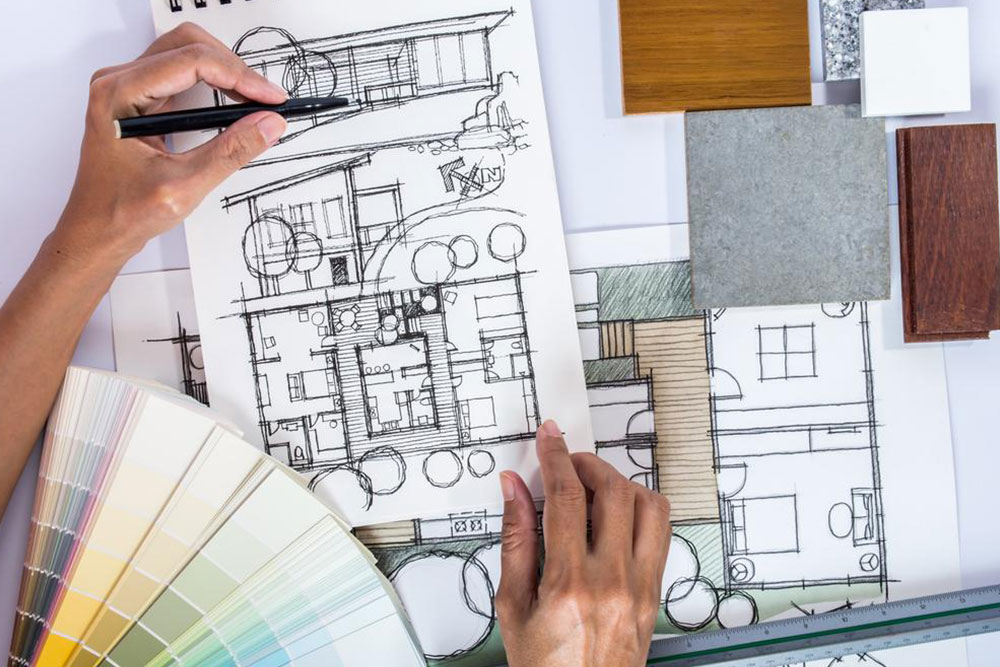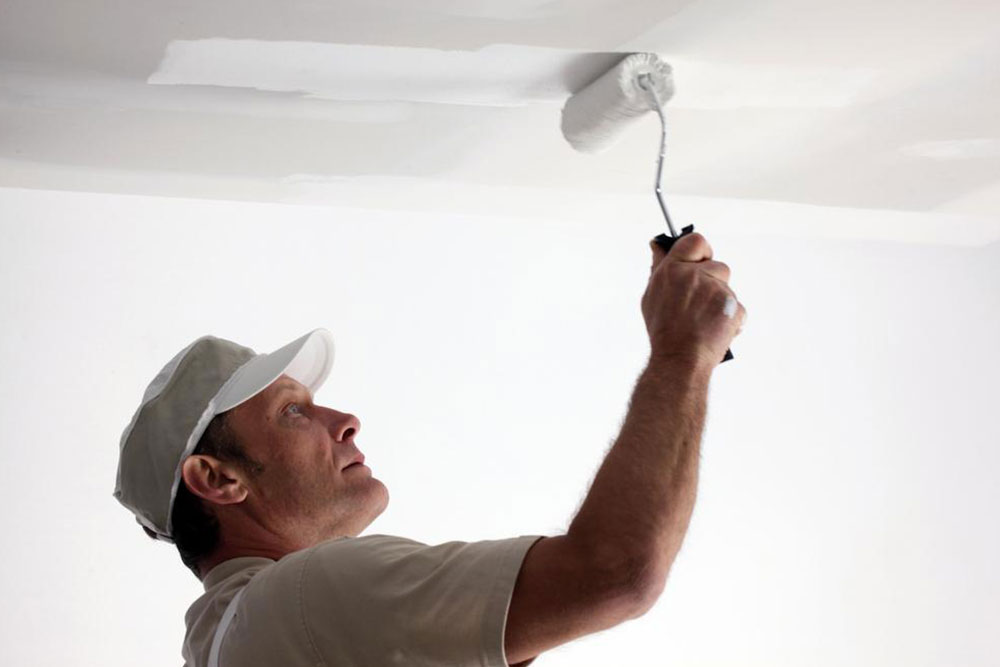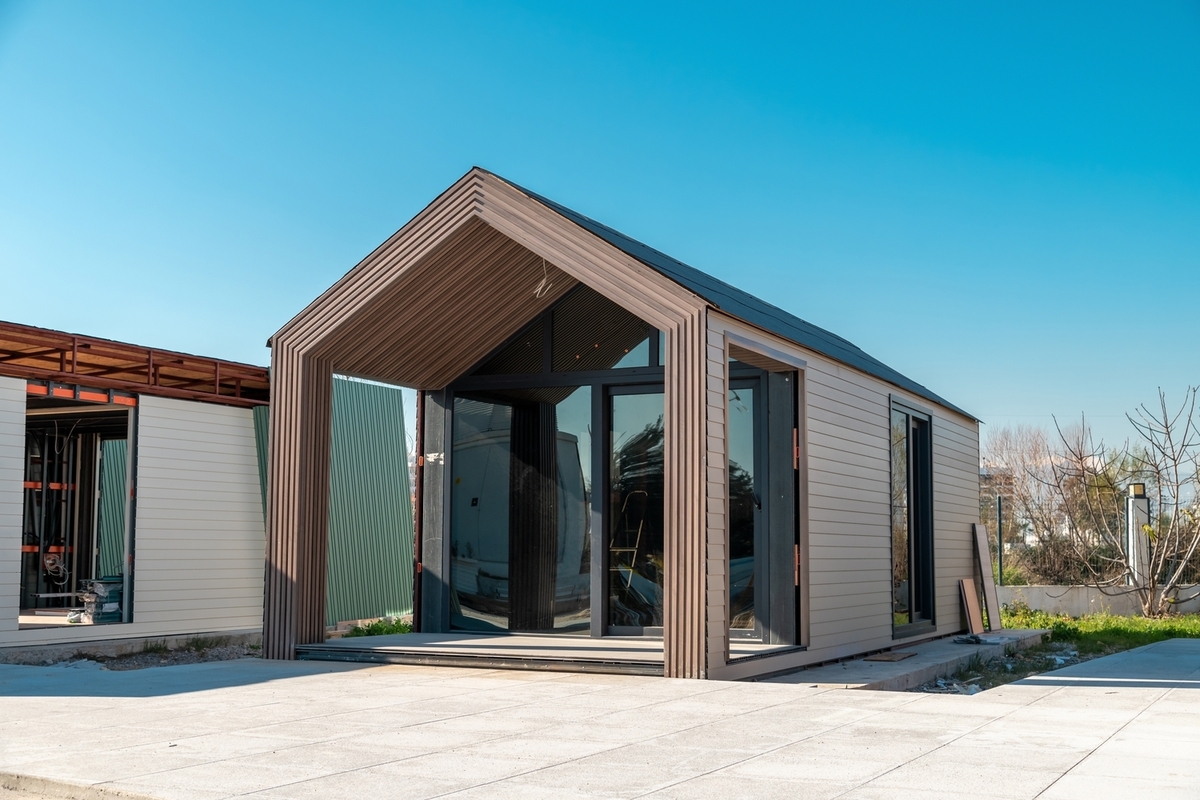Innovations in Renovation: A Comprehensive History and Future Trends
Discover the rich history and cutting-edge advancements in renovation work. Explore how this vital industry has evolved from preserving ancient structures to incorporating modern technology, sustainability, and smart solutions. Learn about past trends, current practices, and future directions shaping the future of renovation projects worldwide.

The Evolution of Renovation: From Traditional Improvements to Modern Transformations
Renovation, often synonymous with remodeling, has become an essential aspect of the interior design and construction industries. It reflects the human desire to improve, adapt, and personalize living and working environments. As societies evolved, so did the techniques, scope, and applications of renovation projects. While many associate renovation with small-scale upgrades, the practice encompasses a wide spectrum, from restoring historic buildings to modernizing commercial spaces. This comprehensive overview aims to trace the origins, development, and future trajectory of renovation work, highlighting technological innovations and industry trends that continue to shape this dynamic field.
Defining Renovation and Remodeling
Renovation refers to the process of restoring, repairing, or enhancing existing structures. It involves making systematic adjustments to improve functionality, aesthetics, or structural integrity, often breathing new life into old buildings or spaces. Historically, renovation projects were typically undertaken by wealthy patrons or institutions due to their scale and cost. These projects could involve restoring historical landmarks, updating government facilities, or refurbishing historic homes. Unlike new construction, renovation preserves the core of the existing structure while introducing modern elements and technological upgrades.
The Historical Context of Renovation
The roots of renovation extend deep into human history. Ancient civilizations, such as the Greeks and Romans, practiced renovation to maintain and beautify their temples, aqueducts, and public buildings. In medieval times, castle and cathedral restorations became symbols of wealth and power. During the Renaissance, an emphasis on preserving classical architecture fueled innovation in restoration techniques. Until the 19th and early 20th centuries, renovation was primarily driven by the need to preserve cultural heritage, often funded by monarchs and aristocrats.
The Transition to Modern Renovation
The onset of the Industrial Revolution marked a turning point for renovation. Mass manufacturing and new building materials allowed for more affordable and efficient repair work. As urban populations increased, there's been a growing demand for renovating densely populated neighborhoods, factories, and public buildings. The late 20th century introduced innovative concepts such as sustainable renovation and eco-friendly building practices, driven by environmental awareness and technological advancements. Today, renovation is not only about preservation but also about sustainability, energy efficiency, and smart technology integration.
The Rise of Renovation in Contemporary Times
In recent decades, there's been a significant shift towards customized and innovative renovation solutions. This evolution has been facilitated by advances in digital technology, including Building Information Modeling (BIM), 3D printing, and augmented reality. These tools allow architects and contractors to visualize projects more accurately and reduce costly errors. Additionally, new materials such as recycled composites, high-performance insulations, and smart home devices enable renovations that are both environmentally friendly and highly functional.
Industry Trends and Future Directions
The future of renovation lies in integrating technology, sustainability, and user-centered design. Smart home systems, energy-efficient appliances, and IoT (Internet of Things) devices are transforming how we renovate living and working spaces. Moreover, modular construction methods, which allow for quicker and more flexible renovation projects, are gaining popularity. The rise of green building certifications like LEED further encourages renovation projects that prioritize sustainability. As urbanization continues and resources become scarcer, innovation in renovation will focus on creating adaptable, affordable, and eco-conscious solutions for diverse needs.





